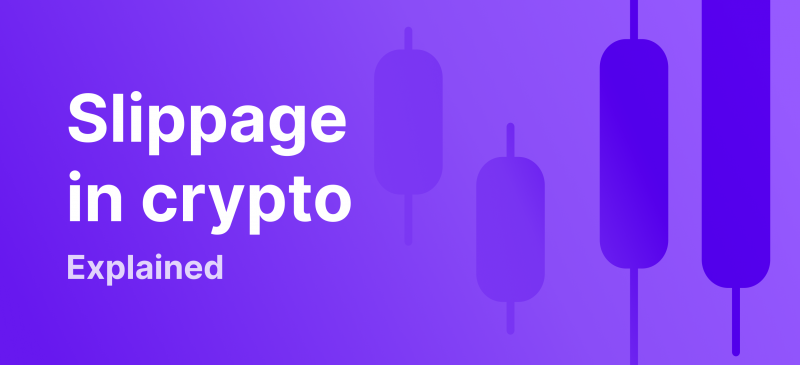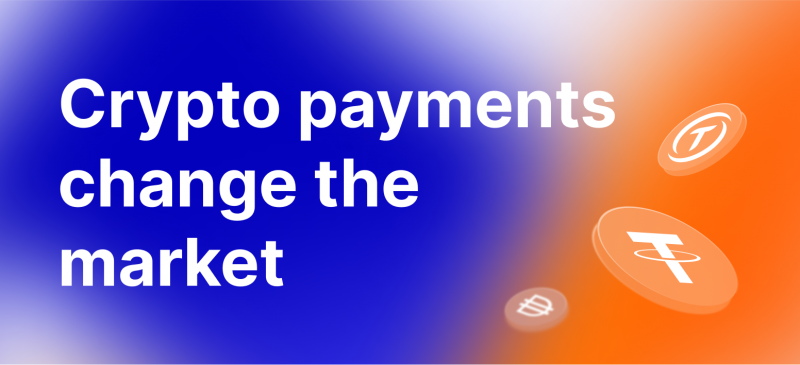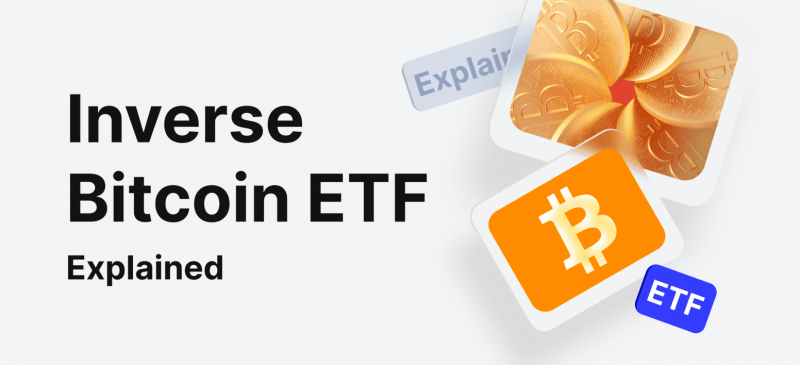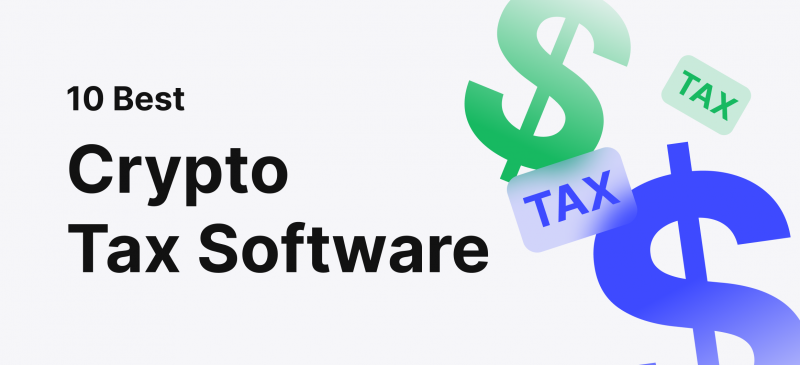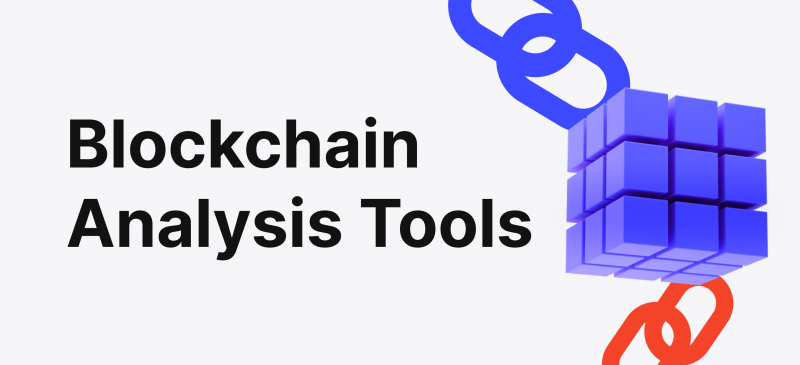In the cryptocurrency market teeming with all sorts of coins, there is a special asset — stablecoins, which both crypto-enthusiasts and authorities call the economy’s future. These coins are backed by physical (real) money, making them less volatile than other virtual currencies.
Stablecoins have the potential to bring the unbanked and underserved segment of the population into the global financial system. Experts call stablecoins a safer alternative to cryptocurrencies, which could make payment cheaper for businesses and simplify various types of money transfers. One of the most famous and widely used today is DAI, an excellent alternative to Tether (USDT), which has already gained a good reputation as a reliable means of payment for business purposes.
In this article, we will discuss what DAI is and what features it has. We will also find out what benefits businesses can get working with crypto payments in DAI stablecoins, as well as what development prospects this project has in the future.
What is DAI?
DAI is a MakerDAO dollar-pegged stablecoin that is one of the most serious stable projects and digital assets by market capitalization. This ERC-20 token has unlimited supply due to users providing collateral to issue more DAI coins.
MakerDAO is a smart contracts platform based on Ethereum cryptocurrency that maintains and stabilizes the value of DAI through a dynamic system of Collateralized Debt Positions (CDP), autonomous feedback mechanisms, and external actors with relevant interests and supports pegging to the US dollar with cryptocurrency rather than fiat collateral. You may be asking a fair question: how can a cryptocurrency known for its volatility provide stablecoin? In short, the crypto asset that the user contributes to creating a DAI has a higher value than the stablecoin being created. This makes additional room for the price of the cryptocurrency collateral to fall without harming the lender.
The MakerDAO platform allows anyone to use their Ethereum cryptocurrency funds to create DAI coins on the platform itself. Once generated, DAI can be used just like any other cryptocurrency: it can be freely sent to other people, used as payment for goods and services, or stored as long-term savings. Importantly, DAI generation also creates the components needed for a robust decentralized margin trading platform.
DAI Stablecoin Features
Unlike USDT and other stablecoins, DAI is secured not by fiat but by digital currency. It can be Ethereum coins or any tokens on its blockchain, for example, LINK, MANA, and so on. Of course, it also might be possible to just buy USDT or any other stablecoin, but it will be less safe because these cryptocurrencies, though protected from volatility, are centralized — that is, hypothetically, a regulatory body can start manipulating them in its favor. As it was mentioned above, DAI is a decentralized stablecoin, and it is not subject to this kind of manipulation.
DAI stablecoin is backed by Ether and various digital tokens. The scheme of its issuance can be compared to the distribution of gold-backed money. The difference is that crypto-assets are used instead of precious metal: the user sends a certain amount of ETH or other tokens to a smart contract that issues the token.
The rate of DAI is controlled through a system of smart contracts that automatically self-execute. The MakerDAO algorithms automatically manage the DAI price, so no trust is needed between the parties to the contracts to keep the currency stable. If the DAI price retreats too far from the dollar price, Maker tokens can be created or burned to stabilize the DAI price.
As an ERC20-based token, DAI functions as a “building block” that can be incorporated into any decentralized application where a stablecoin or internal payment system is needed. Because DAI is simply an Ethereum-based token, anyone can use DAI and create applications for it without additional permissions. Developers can also use DAI in various smart contracts and modify the token for different purposes.
The features of the DAI stablecoin include the following:
- Unlike Tether, Pax, and other stablecoins, Dai is not backed by fiat currency. Instead, it is backed by ETH coins.
- Issuing is decentralized. Anyone on the MakerDAO platform can issue a coin.
- When issuing, users donate ETH to a pool that holds pledged Ether. In the case of conventional stablecoins, the fiat currency is stored in bank deposits.
- The rate is controlled by a smart contract. In case of a strong deviation from the value of the US dollar, the number of coins is regulated (excess coins are burned or missing coins are issued). When it comes to classic stablecoins, pegged to fiat assets, their exchange rate stability is ensured by issuing a quantity equal to the volume of physical money in the vault.
What Are The Advantages of DAI Payments for Business?
When it comes to the question “How to accept DAI Payments?” merchants can get all the benefits of blockchain technology from DAI without the considerable risk of volatility. For example, sellers no longer have to worry about the Bitcoin price fluctuating within 15% when they receive payment and convert it to paper currency. Similarly, customers no longer have to worry about the costs of assets that are constantly increasing in value. With DAI, merchants can use crypto payment gateways and process payments directly as if they were receiving cash. There is no need for a third party to process payments or temporarily hold funds — blockchain can handle everything. No one can deny the seller the ability to receive payments.
Below is a list of the benefits that businesses can gain by working with crypto payments based on the DAI stablecoin:
- No geographic or demographic restrictions. Any user anywhere in the world can exchange their assets for DAI and use them as and wherever they want.
- No limits. In some countries, there is a minimum amount for opening a bank account, which is not available to everyone. To get DAI, you will need only $1.
- Price stability. DAI will protect the capital from the volatility of crypto assets and will serve as a tool for hedging risks.
- Decentralization. Blockchain solutions provide transparency, and the platform is regulated by an autonomous smart contract and does not depend on any central node. This eliminates the need for third-party trust.
- Return generation. Holders can generate passive income by participating in Yield Farming and earn higher interest than bank deposits.
- Fast and cheap cross-border transfers. Using crypto payment gateways, you can quickly transfer any amount of DAI to another user, paying less than a bank transfer.
DAI Stablecoin Development Prospects
Stablecoins’ growing popularity is due to their nature — they unite the world of crypto assets, offering instant transactions, payment security, confidentiality, and price stability. As of September 2021, public dollar-linked blockchain-based stablecoins reached $130 billion, with a year-over-year growth rate of 500%. The entire volume of stablecoins is now estimated at $180 billion.
The high volatility of cryptocurrencies, particularly Bitcoin, makes them virtually unusable for everyday use. If a coin assumes the function of a currency, it must retain value over time for people to use it as a means of payment. By their relative stability, stablecoins compare favorably to other cryptocurrencies.
Considering the above, we can assume that the DAI stablecoin will find extensive use in three areas that can benefit from the use of it:
- Financial markets. Stable-in-price collateral is well-suited for derivatives based on smart contracts.
- International Trading. The cost of cross-border payments can be quite high. By eliminating intermediaries, DAI reduces costs to an adequate level.
- Transparent accounting systems. With verifiable transactions, DAI allows organizations to increase efficiency and reduce the likelihood of abuse.
Conclusion
Based on all of the above, it is safe to say that in the future, stablecoin technologies could have a variety of implementations and drive innovation in several growth areas: crypto payment gateways, more inclusive financial systems, tokenized financial markets and simplified microtransactions for technological advances.
For example, it can be imagined as a search engine or streaming video platform supported by near-instant micro-payments of stablecoin instead of revenue from advertising and the sale of user data. If this shift in web services takes hold, it will likely lead to further development and growth of stablecoins.
Many crypto industry experts believe that the cryptographic security and programmability of stablecoins will not only help leverage them for the development of the traditional financial system but will also generally foster serious innovation.


